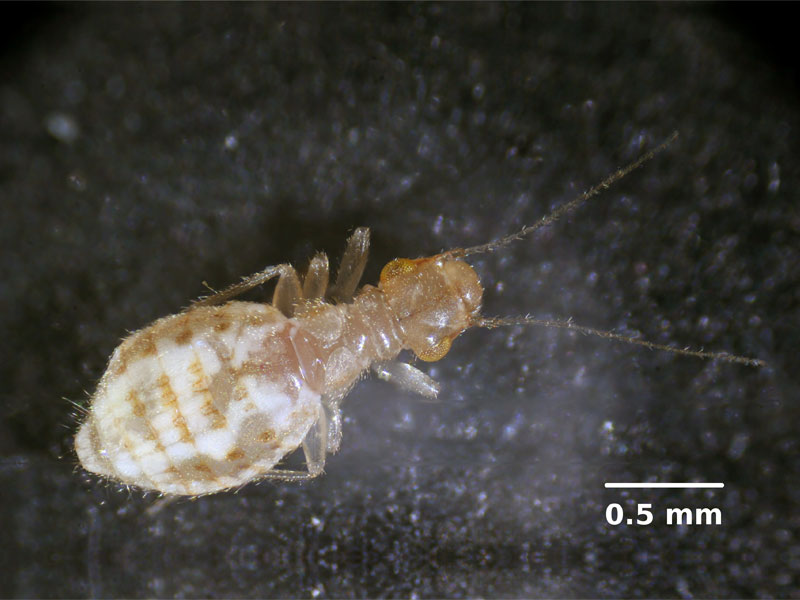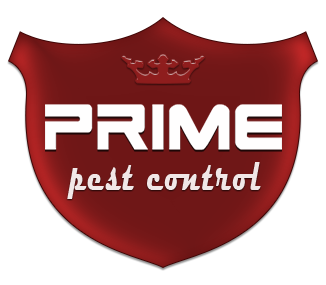Booklice infestation

Booklice (Psocoptera) are a very common pest in domestic and commercial areas. they are considered a pest due to the fact that they can damage delicate materials and foodstuffs they infest. This pest does not usually bite people or pets or cause damage to furniture, however it may cause skin irritation sometimes because of the bacteria it carries on its body.
Typical places where booklice can be found are usually wet and damp areas in residential properties (kitchens and bathrooms) and commercial and industrial sites (food manufacturing sites, granaries or warehouses). Poor ventilation is in general one of the main reasons for a booklice infestation, or any kind of water leakages inside a building, moisture and dampness-induced aggregation.
Prime Pest Control has been successfully tackling booklouse issues in newly-built blocks of flats in London, reported by the residents. The cause of such issues in those new buildings is the fact that construction companies are pushing the processes and the execution of their projects rather quickly, so that the buildings have not dried properly, creating a perfect environment for booklice infestations. In such cases, treatment of the interior, as well the exterior of the building may be required for successful control.
Booklice control
Booklice are a pest, which settles down in wet and damp areas. This is why when it comes to control and treatment of booklice, it is essential that you limit the favourable conditions for them. Ventilating often and keeping the humidity level of the property/premises low would help significantly to decrease the chances for the development of such infestation.
If a booklice infestation is already present, any potentially damaged products should be disposed of and the source of dampness should be located and fixed. Continuous moisture or water issues allow for further development of the infestation and may also encourage a reintroduction of the booklouse. The property should be thoroughly inspected for areas with poor ventilation that contribute for the development of an infestation. Any leakages should be fixed, all infested areas should be cleaned and professionally treated for the complete removal of the booklice infestation.
Some of the most effective treatments for booklice are the heat treatment with hot air, as well as the surface spray with professional insecticides. The heat treatment is an environmentally friendly non-toxic treatment that helps in decreasing the overall level of humidity in the property/premises and, in addition, it eradicates all life stages of other pests insects that may be present.
We offer booklice inspection, treatment, removal and control services by experienced British Pest Control Association (BPCA) trained pest technicians. They will come and inspect thoroughly the whole property to identify the source of the booklice infestation and the different areas, where it has spread. A custom-made pest management report will be prepared for the treatment and control of the infestation, as well as advice and recommendations will be given in order to prevent the infestation from reoccurring. If you are based in North, South, West, East London or the surrounding counties you can book your appointment with one of your pest technicians at the most convenient to you time.
About booklice
Booklice are small insects with pale creamy to grey-brown colour. They are approximately 1 – 6 mm in length and cannot fly. They have long antennae and their sight is poorly developed. There are no male booklice, all of the representatives of this pest are females and they reproduce through unfertilised eggs. A single female can lay up to 60 eggs in a wet or damp area. The eggs, pearly-white in colour, then hatch and, instead of larvae, nymphs come out and start feeding on the available mould and mildew. There are four nymph stages that booklice go through in their development before they reach maturity. In a year, there can be up to 8 generations of booklice, depending on the conditions available.
There are different types of booklice, however all of them have preferences for high humidity and the majority of them prefer higher temperatures – between 25 – 30 degrees Celsius. Their origin is not very clear as these pests are common in many cosmopolitan cities around the world. Psocids, which booklice belong to, can be found both inside and outside properties and usually the ones inside do not have wings or their wings are too small.
The booklouse feeds on mould primarily and mildew. They can also feed on stored products such as dried meat and fish, salami, chocolate, cocoa, cereals, etc.., which are widely available in domestic properties and the businesses dealing with those foods. As their name states, booklice can also damage books and, in some cases, plants.
